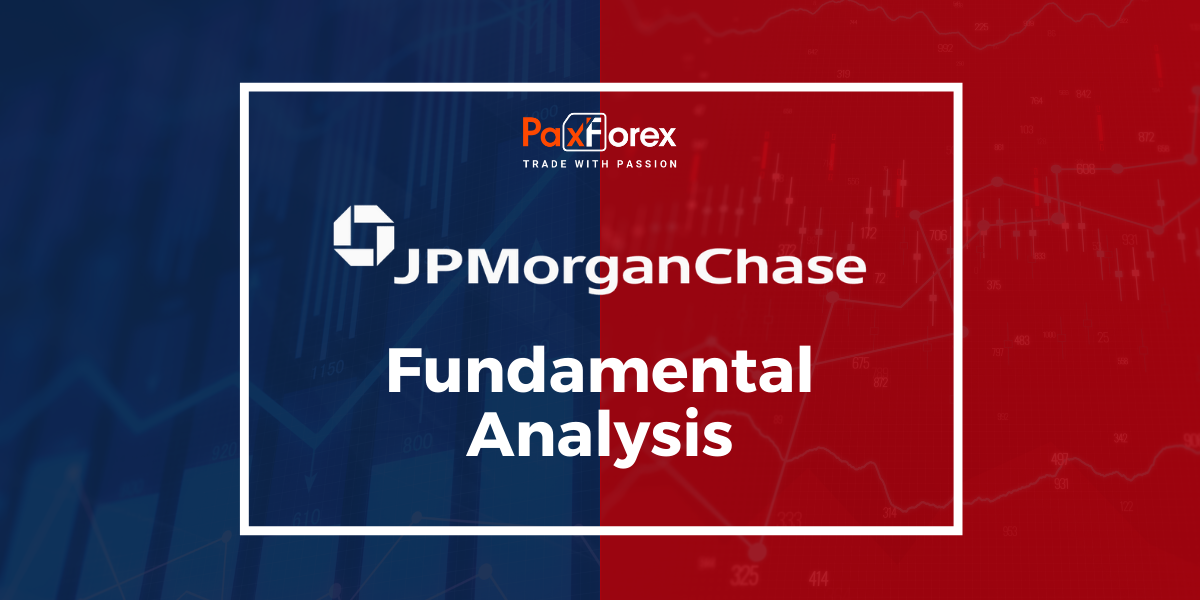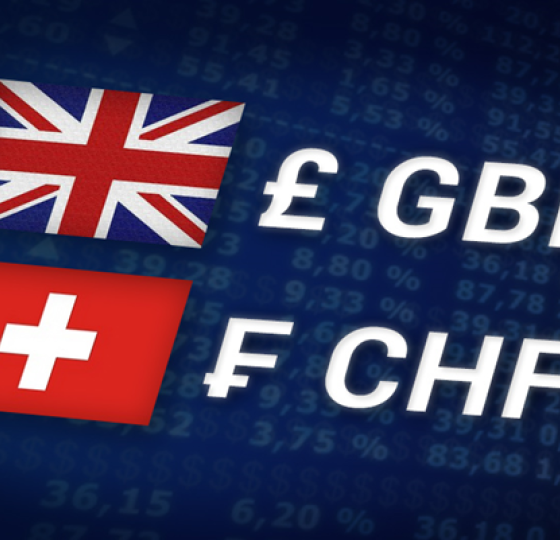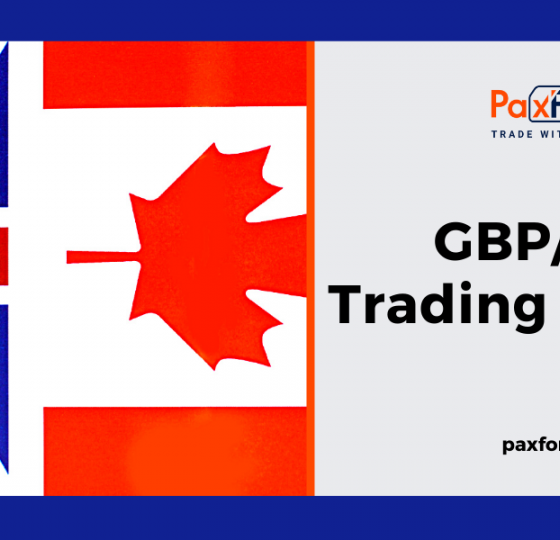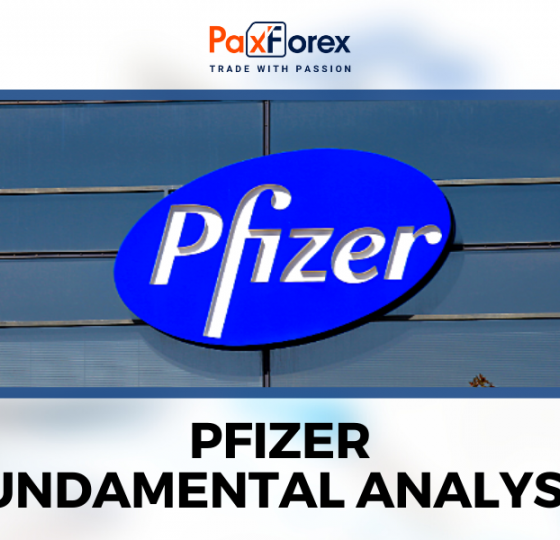
Source: PaxForex Premium Analytics Portal, Fundamental Insight
It has been a prosperous period for investors in JPMorgan Chase. Over the past two years, the company's shares have delivered an impressive total return of 83%, significantly outpacing the broader S&P 500, which achieved a total return of 49% over the same period.
Currently, JPMorgan's stock trades only 3% below its peak price, indicating strong market confidence in the company and its immediate prospects.
However, the question remains: is now the right time to consider JPMorgan as a promising investment opportunity?
JPMorgan is presently benefitting from robust business momentum. In 2023, the company reported a notable 22.8% increase in net revenue, reaching $158 billion, accompanied by a 34.2% rise in diluted earnings per share (EPS). These gains were primarily driven by strong performance in the consumer and community banking segment. The positive momentum continued into the first quarter of 2024, with further growth in both top-line and bottom-line figures.
During Q1 2024, JPMorgan also saw a 2% expansion in its deposit base and a 16% increase in loans, reflecting encouraging trends in its core operations. Moreover, the bank's provision for credit losses increased by $1.9 billion, a decrease from the $2.3 billion recorded in the same period last year.
It's important to note, however, that JPMorgan's management anticipates ongoing uncertainty in the macroeconomic environment. The Federal Reserve's potential decision to lower interest rates could create a more favorable operating landscape for JPMorgan, but the timing and extent of such actions remain uncertain.
Looking forward, consensus analyst estimates from Wall Street suggest modest growth, with revenue and diluted EPS projected to increase by just over 2% annually from 2023 through 2026. This modest growth outlook may not excite investors seeking rapid expansion opportunities in the near term.
Investors stand to benefit significantly by focusing on businesses that possess an economic moat—a distinct competitive advantage or a combination thereof. This strategic advantage is crucial in shielding companies from intense competition, particularly within the competitive banking sector.
JPMorgan leverages its scale to maintain cost advantages, primarily through its extensive and cost-effective deposit base. This sizable foundation not only supports loan growth but also bolsters a healthy net interest margin. Moreover, these deposits tend to be stable, providing further stability to its financial operations. The scale advantage also enables JPMorgan to optimize technology and marketing expenditures more effectively than smaller rivals.
Additionally, JPMorgan benefits from significant switching costs. Once customers, whether individuals or corporations, establish longstanding relationships with the bank, the inconvenience of switching to another provider acts as a barrier. The bank's diverse array of products and services facilitates cross-selling opportunities, further cementing customer loyalty.
Presently, JPMorgan exhibits robust financial health, underscored by recent performance metrics. Its position as the largest U.S. bank enhances its scale and brand recognition, bolstering its competitive edge. Many investors perceive JPMorgan as a top-tier enterprise in its industry.
However, while JPMorgan demonstrates above-average qualities, prudent investors must consider valuation as a critical factor in their decision-making process. Buying stocks at reasonable prices ensures a margin of safety, protecting against potential future disappointments in returns. Currently, JPMorgan Chase trades at a historically high price-to-book (P/B) ratio of 1.9, signaling market optimism about its recent performance and future prospects.
Given the elevated P/B ratio, it appears that the stock may be overvalued at present. Investors would be wise to monitor developments closely and await a more attractive entry point before considering adding JPMorgan Chase to their portfolios.
As long as the price is above 190.00, follow the recommendations below:
- Time frame: D1
- Recommendation: long position
- Entry point: 205.20
- Take Profit 1: 210.00
- Take Profit 2: 220.00
Alternative scenario:
If the level of 190.00 is broken-down , follow the recommendations below:
- Time frame: D1
- Recommendation: short position
- Entry point: 190.00
- Take Profit 1: 185.00
- Take Profit 2: 180.00













